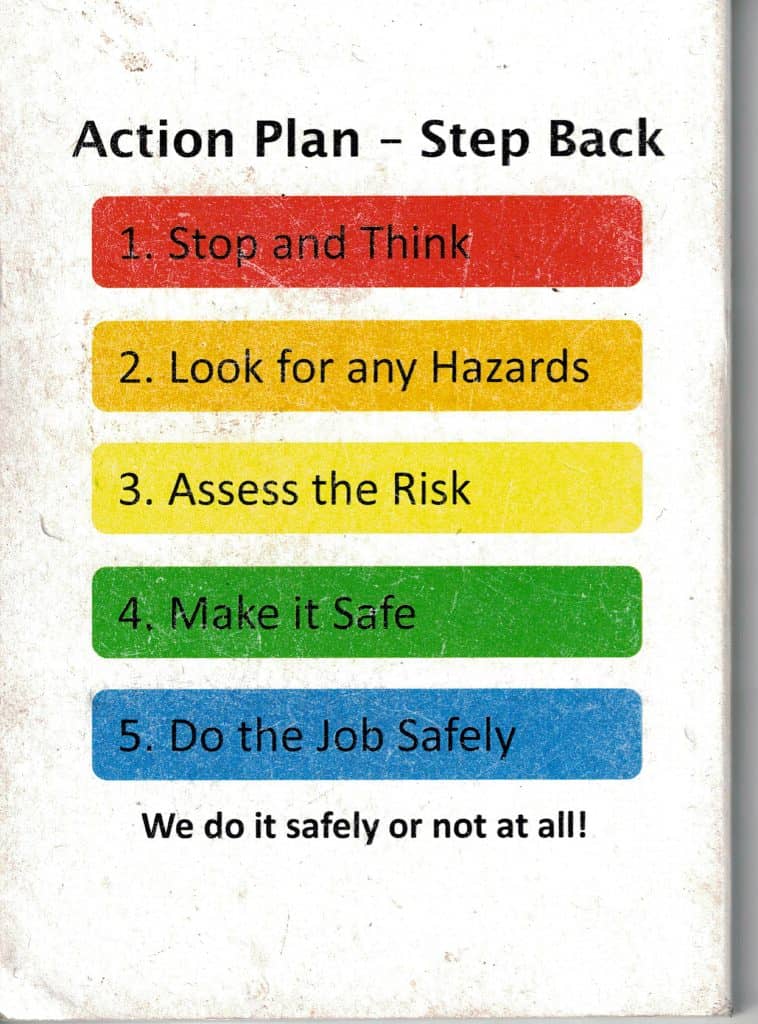Could improving the situational awareness of workers replace Safe Work Method Statements?

Many Australian occupational health and safety (OHS) professionals rally against the dominance of Safe Work Method Statements (SWMS). The application of SWMS beyond the legislated high-risk construction work parameters increases the amount of safety clutter and misrepresents OHS as being able to be satisfied by a, predominantly, tick-and-flick exercise. But critics of SWMS are rarely pushed on what, if anything, should replace SWMS? SafetyAtWorkBlog asked some experts and looked closer at the issue.






